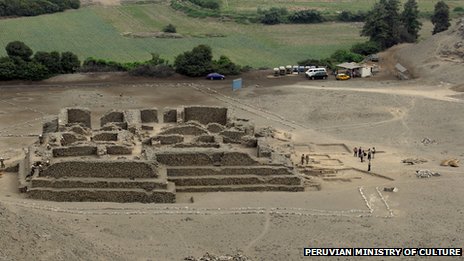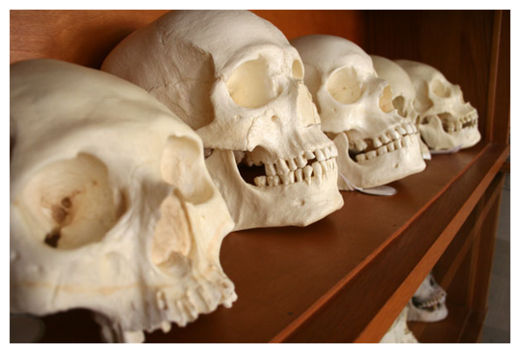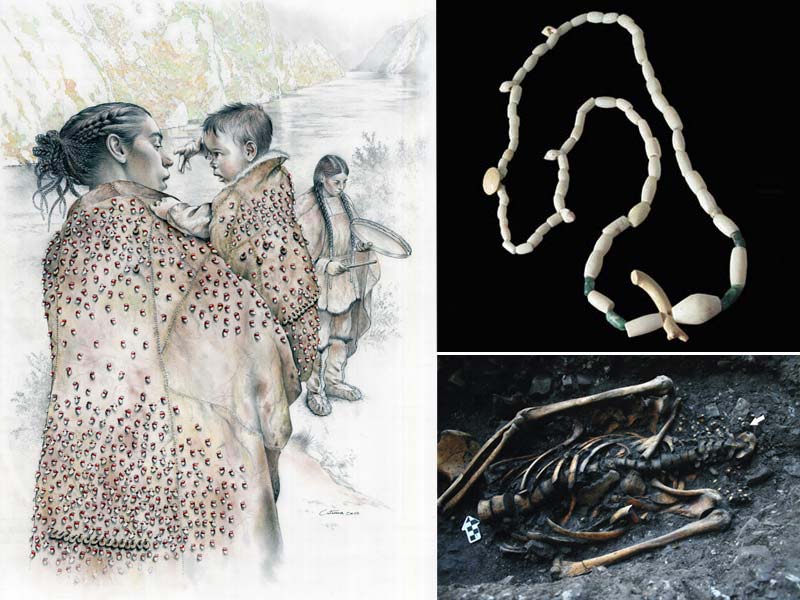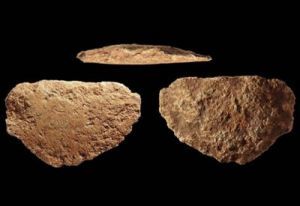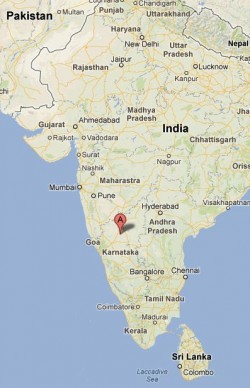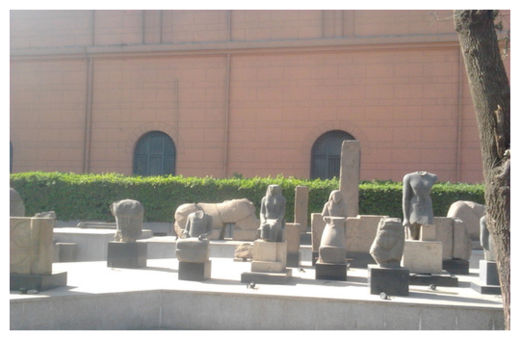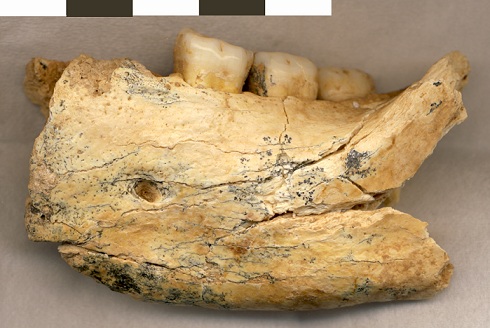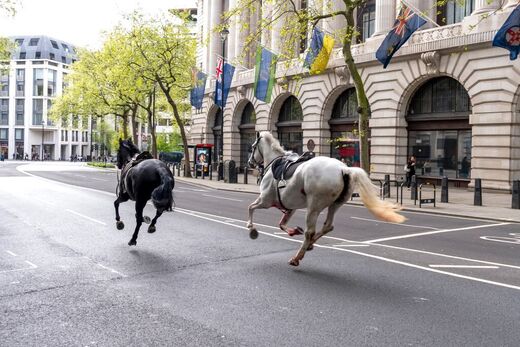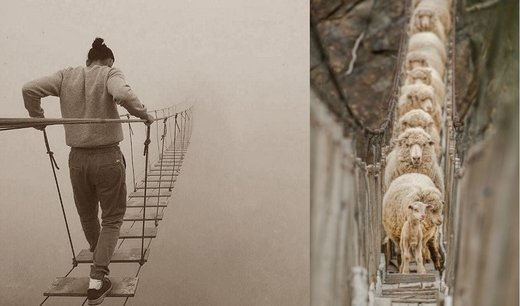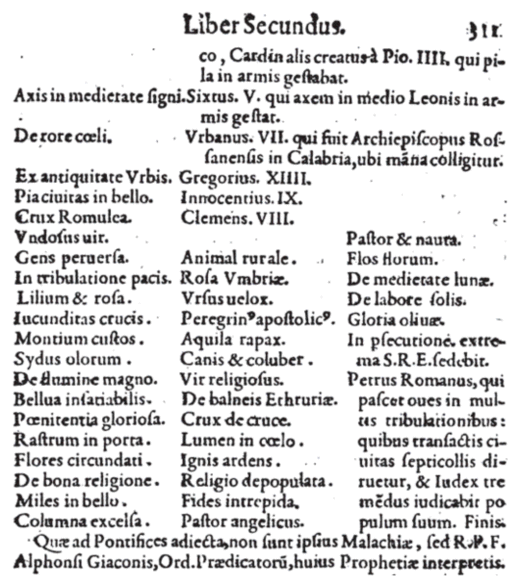
Attributed to St. Malachy, an Irish archbishop canonized in 1190, the Prophecy of the Popes would date to 1139. The document predicted that there would be only 112 more popes before the Last Judgment - and Benedict XVI is 111.
The list of popes originated from a vision Malachy said he received from God when he was in Rome, reporting on his diocese to Pope Innocent II.
The story goes that St. Malachy gave the apocalyptic list to Innocent II and that the document remained unknown in the Vatican Archives some 440 years after Malachy's death in 1148. It was rediscovered and published by Benedictine Arnold de Wyon in 1590.
The prophecy consists of brief, cryptic phrases in Latin about each Pope. It ends with the 112th pope, named "Petrus Romanus" or "Peter the Roman."
According to the premonition, Peter the Roman would "feed his flock amid many tribulations, after which the City of the Seven Hills shall be utterly destroyed, and the awful Judge will judge the people."
Often highly enigmatic, several prophetical announcements in the document appear to have come true.
